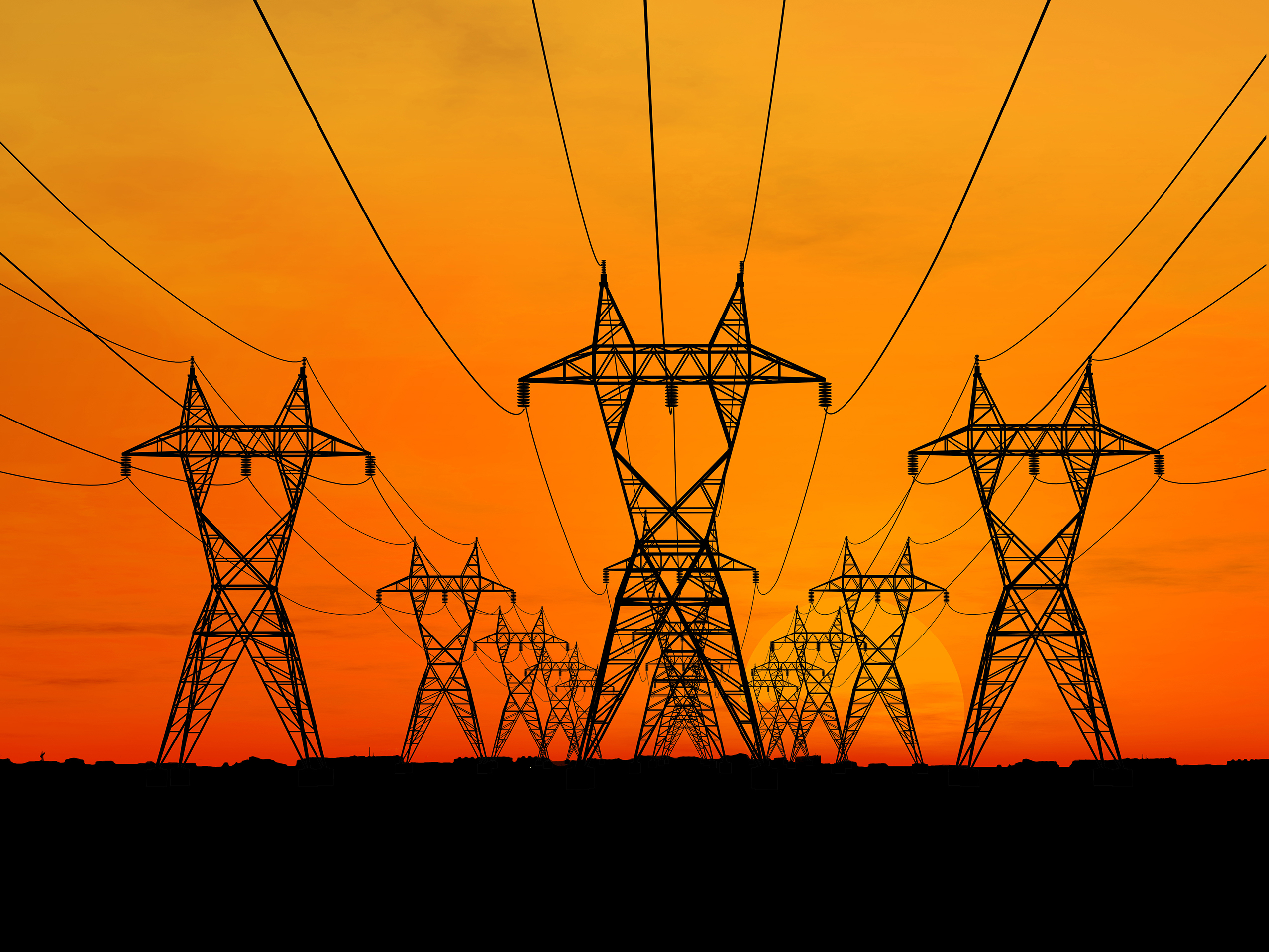Regional Life Cycle Assessment Tool for U.S. Electricity

Project Brief
The Challenge
The electricity grid is complex, which makes understanding its environmental impact a challenge. For example, at a regional level, impact depends on factors such as where the electricity resources originate and how electricity is imported and exported from different regions. Evaluation of environmental impact sources must consider not only generation but also upstream and downstream processes, such as the extraction, processing, and transport of fuels and electricity losses during transmission.
ERG's Solution
In coordination with the U.S. Environmental Protection Agency and the National Energy Technology Laboratory, ERG helped develop ElectricityLCI, a system that estimates the entire life cycle of electricity grid impacts at the national, state, and regional levels more precisely than currently available electricity inventory data do. When a user enters the location of electricity consumption, the model automatically determines which upstream fuel processing datasets to use, such as the mix of natural gas basins and transportation distances. ERG built the system to automatically update and harmonize electricity generation facility data from publicly available government databases. ERG also accounted for the distribution of electricity (including transmission losses) and imports and exports of electricity at the regional level. The open-source ElectricityLCI datasets are available on the Federal LCA Commons and provide a spatially explicit electricity tool for diverse organizations interested in understanding the U.S. electricity supply chain’s environmental impacts, including greenhouse gas emissions.
Client
National Energy Technology Laboratory, U.S. Environmental Protection Agency